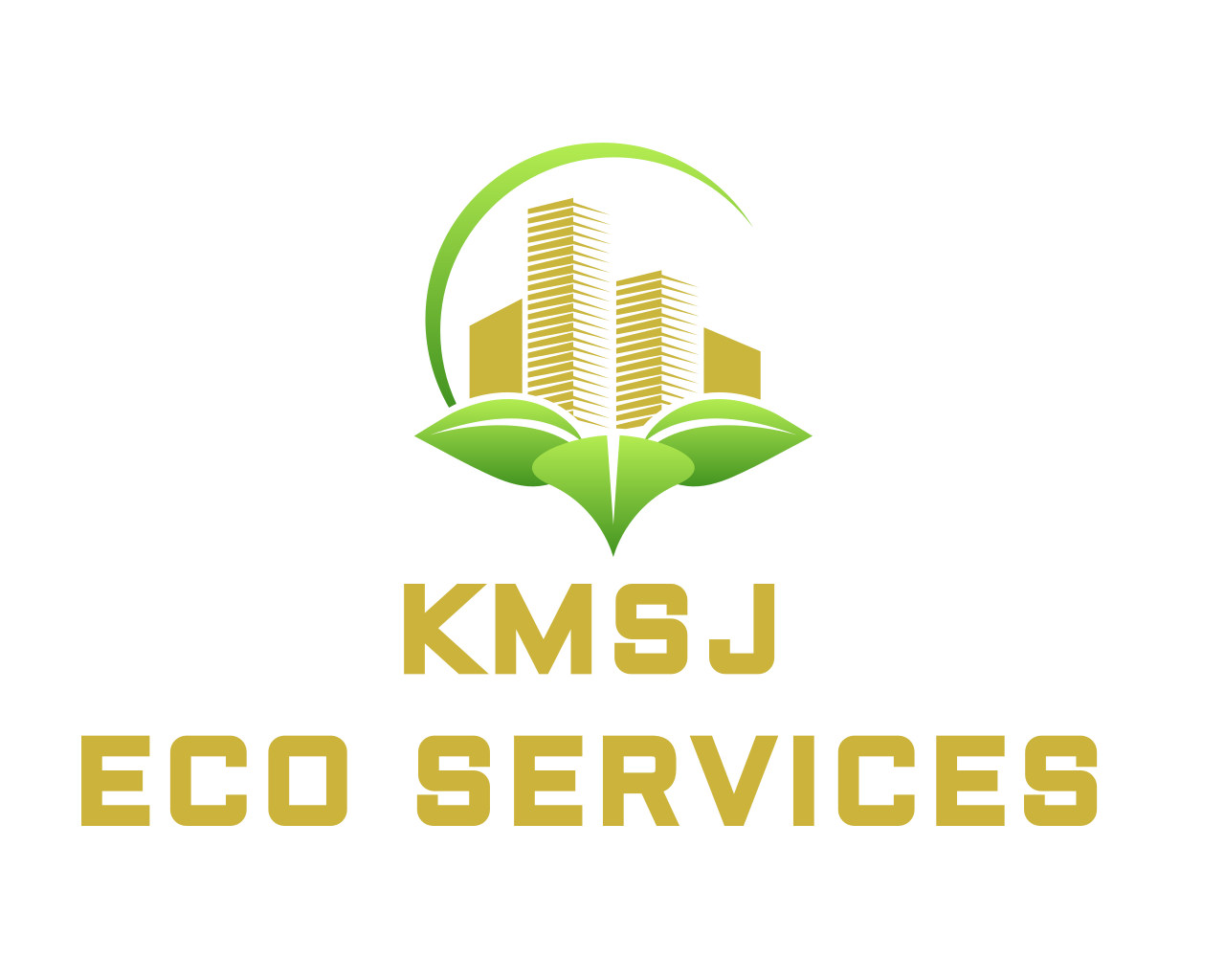Introduction to Eco-Friendly Cleaning
Eco-friendly cleaning is a practice that focuses on using green cleaning products to maintain cleanliness while minimizing environmental and health impacts. Unlike traditional cleaning products, which often contain harmful chemicals and synthetic fragrances, green cleaning products are formulated with natural, non-toxic ingredients. This makes them a safer choice for both people and the planet.
The concept of eco-friendly cleaning has gained considerable traction in recent years. A significant shift is observable in consumer behavior, driven by increasing awareness of the harmful effects of conventional cleaning agents on health and the ecosystem. According to market research, the global market for green cleaning products is projected to reach $11.6 billion by 2025, reflecting the rising demand for sustainable alternatives.
Green cleaning products are designed to reduce harmful environmental impacts. They use biodegradable ingredients that break down easily without polluting waterways or harming aquatic life. Additionally, these products often come in recyclable or reusable packaging, further contributing to waste reduction. Some companies are even adopting zero-waste strategies, where every part of the product lifecycle is considered and optimized for sustainability.
Apart from being environmentally friendly, eco-friendly cleaning solutions promote a healthier living environment. They minimize exposure to volatile organic compounds (VOCs) and other toxic substances commonly found in traditional cleaning agents. This is particularly beneficial for households with children, pets, or individuals with allergies or respiratory conditions. By opting for non-toxic cleaning products, families can maintain a clean home without compromising indoor air quality.
This growing trend toward sustainable cleaning reflects a broader commitment to environmental responsibility and carbon footprint reduction. With more consumers demanding eco-friendly options, retailers and manufacturers are responding by expanding their green product lines. This not only benefits the environment but also contributes to creating healthier homes and communities.
Health Benefits of Using Green Cleaning Products
Conventional cleaning products often contain an array of harsh chemicals that can pose significant health risks. Substances such as ammonia, bleach, and phthalates are common in traditional household cleaners and have been linked to respiratory issues, skin irritation, and a host of other health problems. For example, the U.S. Environmental Protection Agency (EPA) has categorized these chemicals as contributors to indoor air pollution, which can exacerbate asthma and other respiratory conditions.
In contrast, green cleaning products are formulated with natural and non-toxic ingredients, making them a safer alternative for maintaining a clean home. By eliminating harmful chemicals, eco-friendly cleaning products reduce the risk of health issues, particularly for vulnerable populations such as children, the elderly, and those with existing health conditions. Ingredients in green cleaners often include essential oils, plant extracts, and natural minerals, which provide effective cleaning power without the hazardous side effects.
Scientific studies have also supported the health benefits of sustainable cleaning products. Research published in the American Journal of Respiratory and Critical Care Medicine found that regular use of conventional cleaning sprays was as harmful as smoking a pack of cigarettes per day over a 20-year period. On the other hand, green cleaning products have been shown to maintain indoor air quality, minimizing exposure to volatile organic compounds (VOCs) and other pollutants.
Health professionals have weighed in on the advantages of using eco-friendly cleaning products as well. Dr. Leo Trasande, a researcher in environmental medicine, notes that opting for green cleaning products “drastically reduces the risk of chronic respiratory problems and contact dermatitis, promoting a healthier indoor environment.” Testimonies such as these underline the importance of selecting non-toxic cleaning alternatives for safeguarding health and well-being.
Overall, the switch to environmentally friendly cleaning routines not only supports a healthier planet but also contributes significantly to human health. Choosing green cleaning products can provide peace of mind, knowing that you are reducing your exposure to harmful chemicals and fostering a safer home environment.
Environmental Impact of Green Cleaning Products
The shift from conventional cleaning agents to eco-friendly cleaning products offers substantial benefits to our environment. Traditional cleaning solutions often contain harsh chemicals that contribute to both water and air pollution. These chemicals can seep into waterways through runoff, contaminating rivers, lakes, and oceans, which in turn affects aquatic life. Additionally, volatile organic compounds (VOCs) present in many conventional cleaners can vaporize and degrade air quality, leading to respiratory problems and contributing to smog formation.
In contrast, green cleaning products are designed with the environment in mind. They utilize biodegradable and non-toxic ingredients that break down more easily, reducing their impact on ecosystems. For instance, sustainable cleaning products often contain ingredients derived from renewable resources, ensuring a steadier supply without depleting natural reserves.
A critical element of eco-friendly cleaning is the sourcing of ingredients. Many green products use plant-based substances rather than petrochemicals, which significantly reduces the carbon footprint associated with their production. Furthermore, these products are less likely to cause issues like eutrophication—a phenomenon where water bodies become overly enriched with nutrients, leading to excessive growth of algae and subsequent oxygen depletion.
The positive impacts of switching to sustainable cleaning measures are already being observed in several communities. Take, for example, the city of Copenhagen, which has implemented policies favoring the use of green cleaning products in public facilities. As a result, the city has reported lower levels of harmful chemical residues in local water systems and improved air quality. Similarly, ecosystems in New Zealand’s protected rivers and lakes show signs of recovery, with decreased levels of pollutants attributed to a community-wide shift to environmentally friendly cleaning methods.
In summary, the environmental benefits of using green cleaning products go beyond the immediate reduction of harmful chemicals in your home. By choosing products with biodegradable, non-toxic, and sustainably sourced ingredients, you contribute to cleaner waterways, air, and a healthier planet, helping to preserve our ecosystems for generations to come.
Tips for Transitioning to Eco-Friendly Cleaning
Making the switch to eco-friendly cleaning methods is a commendable step toward a healthier home and a more sustainable planet. The transition can be smooth and rewarding with the right strategies and resources. Start by gradually replacing conventional cleaning products with green alternatives. This approach allows for a smoother transition without a significant initial expenditure. Numerous reputable brands offer eco-friendly cleaning products, including Seventh Generation, Mrs. Meyer’s, and Method. These products are formulated with plant-based ingredients that are non-toxic and biodegradable, reducing environmental impact.
For the more hands-on individuals, DIY cleaning solutions are an excellent option. Many effective green cleaning solutions can be made with everyday household items. For instance, a simple mixture of baking soda and vinegar can tackle a wide range of hard surfaces, from countertops to bathtubs. Another effective recipe involves combining lemon juice, water, and a few drops of essential oil to create a fragrant and potent all-purpose cleaner. These homemade solutions are not only effective but also cost-efficient.
When shopping for sustainable cleaning products, it is crucial to read labels carefully. Look for certifications from reputable organizations, such as Green Seal and EcoLogo, which indicate that a product meets stringent environmental standards. Avoid products with vague claims like “natural” or “green” without verified certifications, as these can be misleading.
Budget considerations are often a concern when switching to greener products, but long-term savings are a notable benefit. While initial costs for eco-friendly products might be higher, these items often last longer and are more concentrated, resulting in fewer repurchases over time. Additionally, the enhanced durability of green cleaning tools and their multi-purpose functionality further contribute to cost savings.
The benefits of transitioning to eco-friendly cleaning options extend beyond financial savings. By adopting sustainable cleaning practices, individuals contribute to a healthier living environment and play a vital role in preserving the planet’s resources for future generations.





